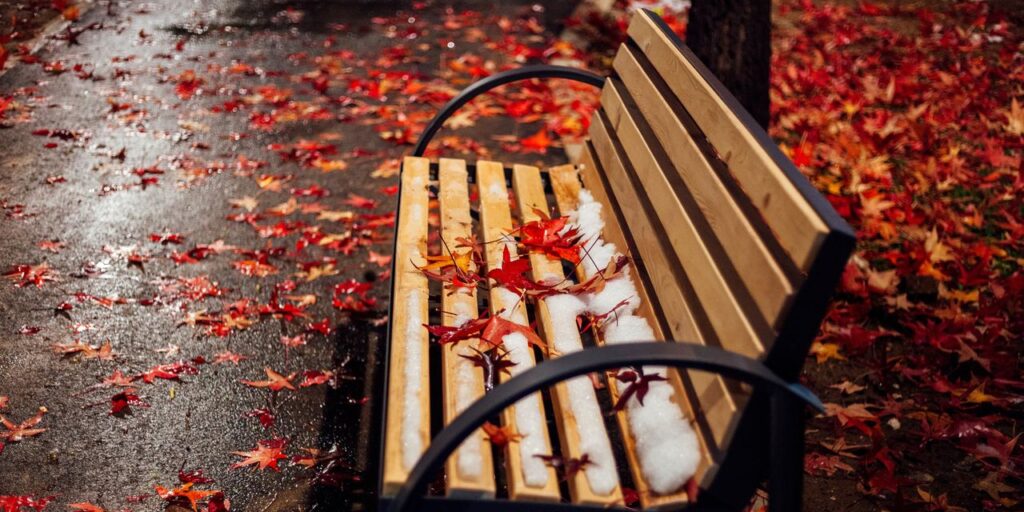Given how common (and insidious) SAD can be, it’s a good idea to familiarize yourself with the warning signs so you can protect your mental health. Below, experts explain common symptoms to be on the lookout for this time of year—and what to do if you think you have the winter blues.
What are the subtle symptoms of seasonal affective disorder?
1. You have to try really, really hard to stay focused.
Difficulty concentrating is a common complaint among people experiencing SAD, Justin Puder, PhD, a psychologist based in Boca Raton, Florida, tells SELF. “[People say,] ‘I just don’t feel as mentally sharp,’ or ‘It’s hard for me to stay on task,’” Dr. Puder says. This issue can take different forms depending on your day-to-day routine, he says. For example, it might take an extraordinary amount of focus to cross typically easy things off your household to-do list (like paying bills), or three times longer than usual to get through a run-of-the-mill work task.
2. You don’t want to hang out with friends or go to social events.
Social withdrawal is a hallmark of SAD, according to NIMH, which the agency likens to “hibernating.” If you find yourself routinely avoiding social contact and opting to stay home alone all the time, it could be indicative of a mental health issue, Dr. Puder says. “People start to pull back from their social relationships [due to SAD],” he says. “[If you find yourself routinely replying,] ‘I’m going to pass,’ that could be a sign you’re starting to slip into seasonal depression.”
3. Your eating and sleeping patterns are all over the place.
As with any form of depression, the seasonal kind can take a toll on your daily habits, according to Dr. Albers-Bowling. SAD may cause undereating, overeating, or emotional eating, she says—any big deviation from the norm is worth paying attention to. Similarly, she adds, changes in your sleep schedule—such as trouble sleeping through the night or repeatedly oversleeping—could be a sign of SAD. Keep in mind that these shifts may manifest differently between winter-pattern SAD and summer-pattern SAD. Winter-pattern SAD is more likely to cause overeating (especially of carbs) and oversleeping (also known as hypersomnia), for example. Meanwhile, summer-pattern SAD is often linked with a poor appetite and insomnia.
4. You’re avoiding sex and physical intimacy.
Low sex drive can also be a sign of seasonal depression, according to Dr. Albers-Bowling. This could mean not wanting to have sex with your partner, not wanting to initiate intimacy, or avoiding going on dates, Dr. Albers-Bowling says. “People [with SAD] isolate or retreat,” she explains, and dodging intimate contact can be one aspect of that.
5. You’re glued to your phone.
This is a habit we’re all guilty of, but it’s also a potential symptom of SAD. While obsessively checking your like count after posting a selfie doesn’t necessarily mean you’re depressed, if you’re always scrolling for dear life in situations that require some human contact, that may be cause for concern, Dr. Albers-Bowling says. “Being tethered to your phone—that is one way people tend to escape or numb out,” she says. “[That way,] they don’t have to interact with the world.” Keep an eye on your screen time to clock major shifts in your phone usage.
How to alleviate the symptoms of seasonal depression—plus when you should see a doctor
Fortunately, there are many ways to manage the symptoms of SAD—or prevent them. As SELF previously reported, keeping social events on your calendar (and sticking to the plan, even when it’s really cold out), incorporating more outdoor movement into your schedule, and even trying out a new hobby every now and then (like journaling or knitting) are all expert-approved mitigation strategies.


